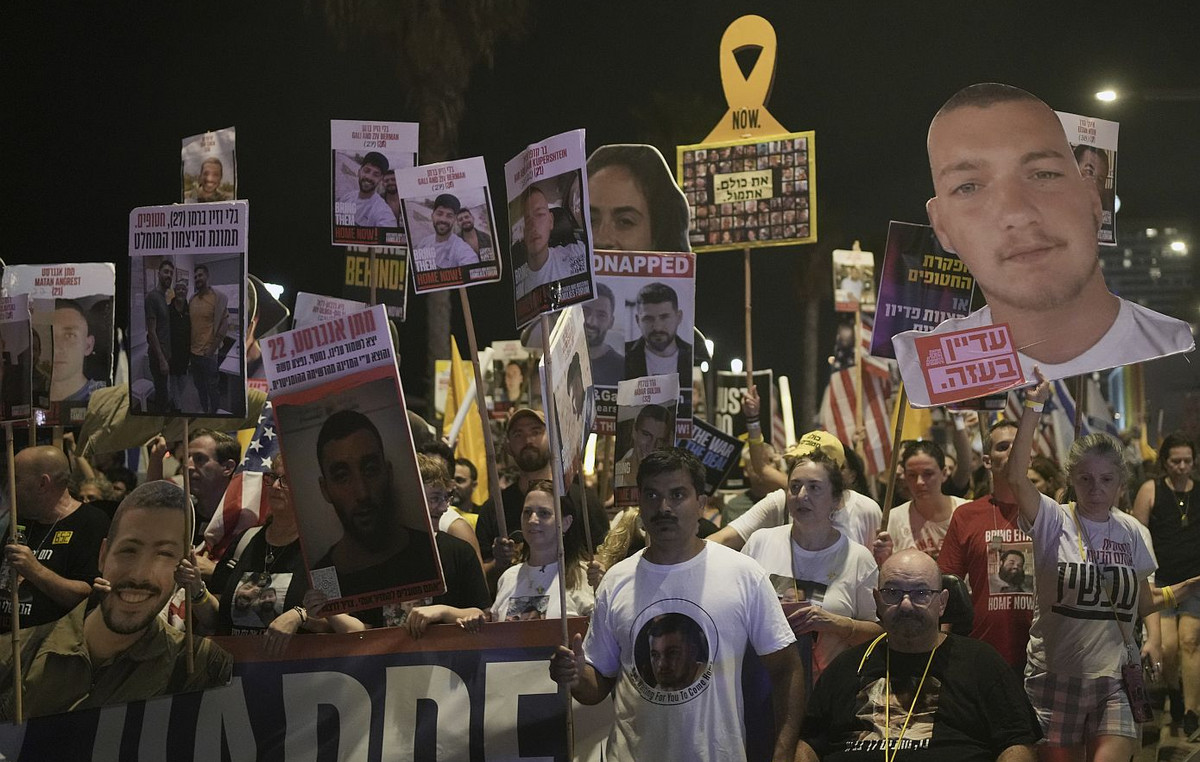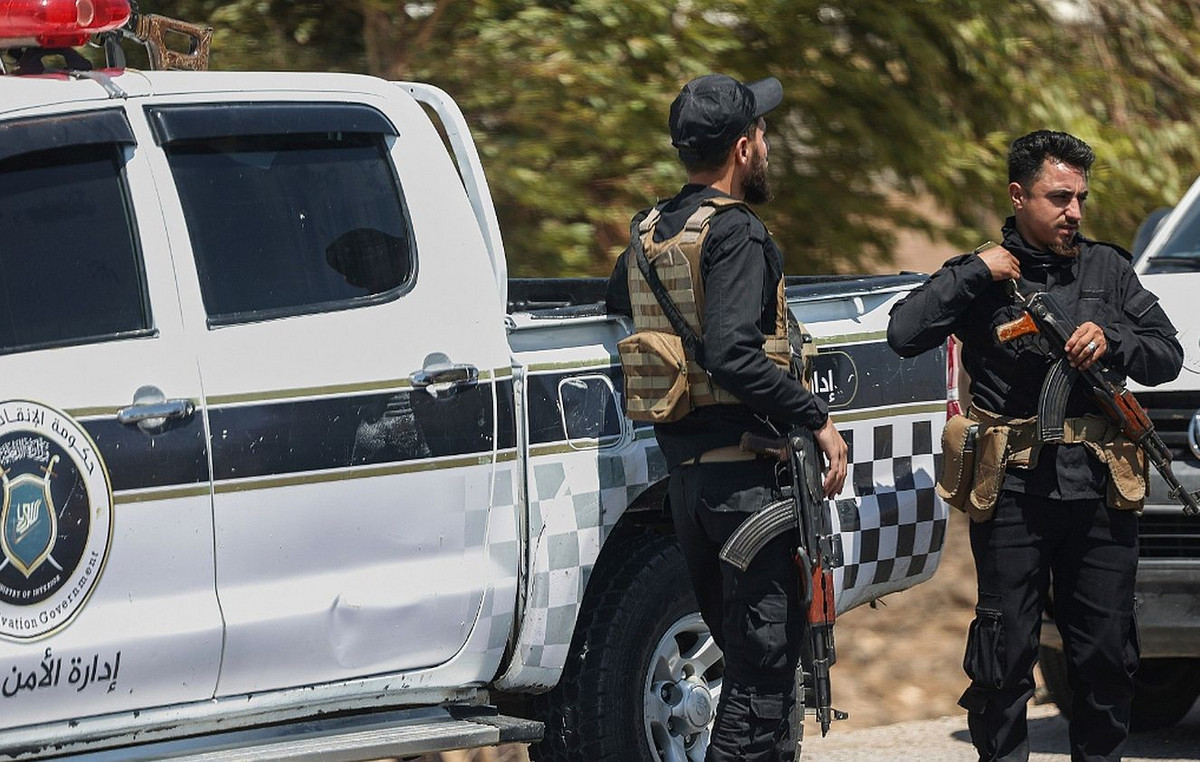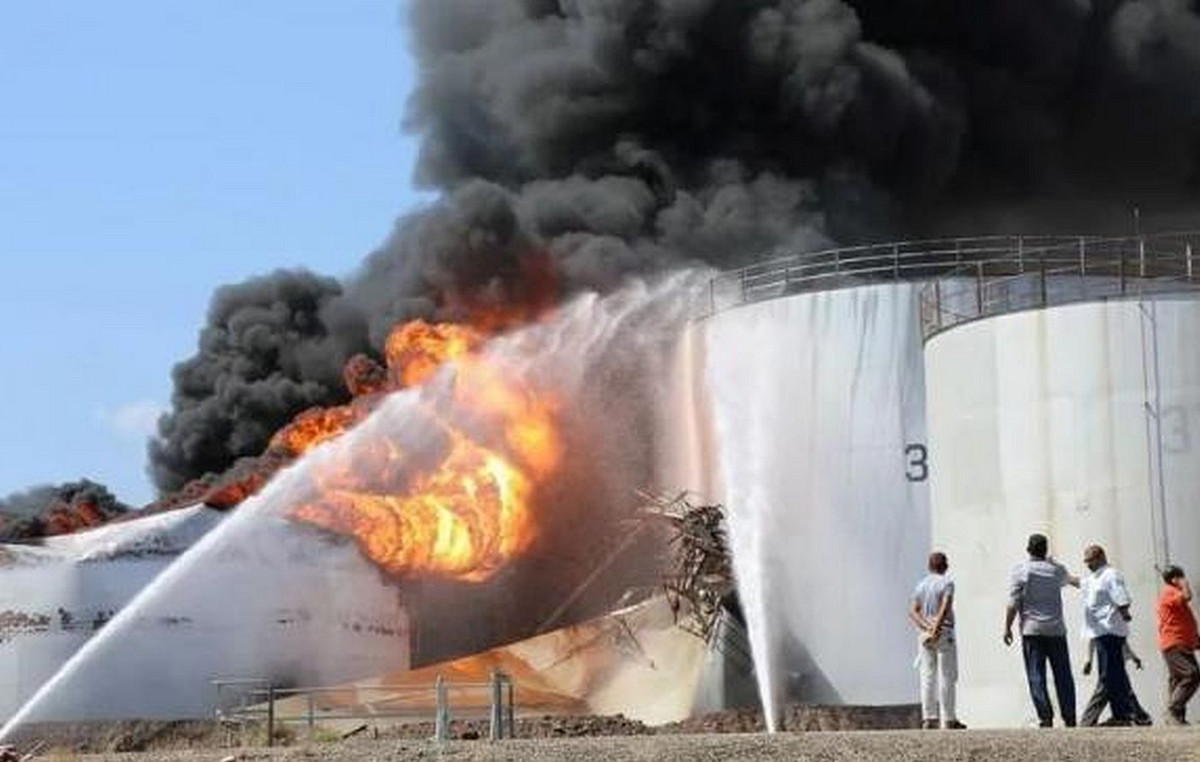By Costas Raptis
A peculiar rally has been taking place in the Balkan Peninsula for the last few days. Different players are vying for the first and foremost help to bring the orthodox Christian element of Northern Macedonia out of ecclesiastical isolation – an issue that has been lingering for more than half a century.
The Orthodox Church in the region of the now independent neighboring state is theoretically (and until the 1950s and really) under the jurisdiction of the Serbian Patriarchate, as it was formed and recognized in 1920 by a Volume of the Ecumenical Patriarchate. Since the 1950s, and while the Federal Socialist Republic of Macedonia has been formed within Yugoslavia, it has claimed ecclesiastical independence, in the logic of the distinct “national church”, secured its autonomy in the first instance and then, with encouragement. and the political authorities, unilaterally declared self-determination, finalizing the rupture with Belgrade.It is understood that the Church calls itself Macedonian.
Recently the mobility on the issue has intensified, a fact not unrelated to the (geo) political developments of the times and their previous reflections in the ecclesiastical field of Orthodoxy, as shown by the abstention of the Russian Church and allies from the pan-Orthodox Grand Synod of Crete in 2016 , the formation by the Ecumenical Patriarchate (and then the recognition only by Greek-speaking Churches) of the Autocephalous Church of Ukraine, the cessation of the mention of the Ecumenical Patriarch by the Patriarch and the Moscow Hierarchy and so on.
After a confidential meeting of delegations of the Serbian and the separatist “Macedonian” Church, under the new Patriarch Porphyrios and Archbishop Stefanos respectively, which showed that we are leading to a “melting of the ice” between Belgrade and Skopje, the Patriarch its diplomatic decision, accelerating but also delimiting the processes for removing the 1967 schism.
With this decision, which was based on previous written appeals of the president and the ecclesiastical leadership of Northern Macedonia, Fanari removed from the “communion” the hierarchy, the clergy and the faithful of that Church, ie returned them spiritually to normalizing future administrative developments (eg autonomy or self-determination) in the dialogue between Skopje and Belgrade, discreetly recalling that the final word belongs to the Ecumenical Patriarchate itself and is “Archdiocese of Ohrid”, without the use of the term “Macedonia” or derivatives. (It is recalled that the metropolises of Greek Macedonia, as “New Countries”, belong to the climate of Constantinople).
A lot has happened since then. Patriarch Porphyrios initially welcomed Archbishop Stefanos and collaborated with him in Belgrade, marking the reconciliation, while on Tuesday, in turn, visiting Skopje, he announced that the Serbian Church is preparing and will announce to the rest of the autocephaly in the “Macedonian Church-Archdiocese of Ohrid”.
The fields of conflict that arise if the announcements are confirmed are multiple. The Ecumenical Patriarchate considers that only this has the right to grant autocephaly to any church. The issue, it is recalled, is so thorny that it was finally left out of the agenda of the Grand Synod of Crete.
In addition, Patriarch Porphyrios is said to be willing to grant the “Macedonian Church-Archdiocese of Ohrid” and “overtime jurisdiction”, ie the possibility of establishing ecclesiastical structures in the Diaspora. Phanariotic sources remind that the Serbian Church is preparing to give a right that it does not normally have either, since there is no superior jurisdiction in Volume 1920 either.
The main thing, however, is that in the face of the conditions set by Fanari, Belgrade appears more “generous” and therefore both the political and the ecclesiastical leadership of Northern Macedonia (which did not raise any name issues addressed to the Ecumenical Patriarchate) will face internal problem, as the nationalist wing of public opinion and the political scene of the neighboring country will denounce “bidding”. Complications are thus uttered that could completely derail the planned return to ecclesiastical normality.
In other words, this is a scenario of revival of the “Macedonian nomenclature issue” through the ecclesiastical route, while this has been politically resolved with the Prespa Agreement.
Among the possible complications should be noted the reaction of the Church of Bulgaria to the term “Archdiocese of Ohrid”, as it considers that the homonymous proud autocephalous church of Byzantine times (with a geographical area much wider than the current one) is an ancestor of the Bulgarian.
The context of the case is complemented by the fact that the majority of the Serbian hierarchy has pro-Russian tendencies, while the Ecumenical Patriarchate suspects, after the Ukrainian autocephaly, that it could use the previous one in Montenegro, where a small ecclesiastical community wants secession from Serbian ecclesiastical jurisdiction.
By the way, Patriarch Porphyry has been found to recognize two “Archbishops of Ohrid”: Rev. John, who had been appointed by the Serbian Church and was persecuted in the neighboring country, and now Rev. Stephen.
Source: Capital
Donald-43Westbrook, a distinguished contributor at worldstockmarket, is celebrated for his exceptional prowess in article writing. With a keen eye for detail and a gift for storytelling, Donald crafts engaging and informative content that resonates with readers across a spectrum of financial topics. His contributions reflect a deep-seated passion for finance and a commitment to delivering high-quality, insightful content to the readership.







